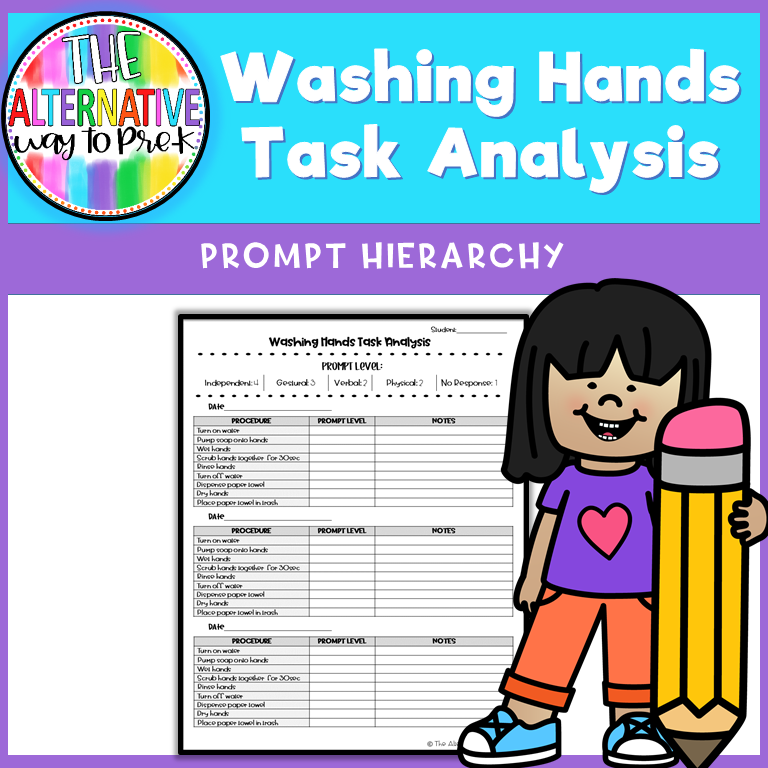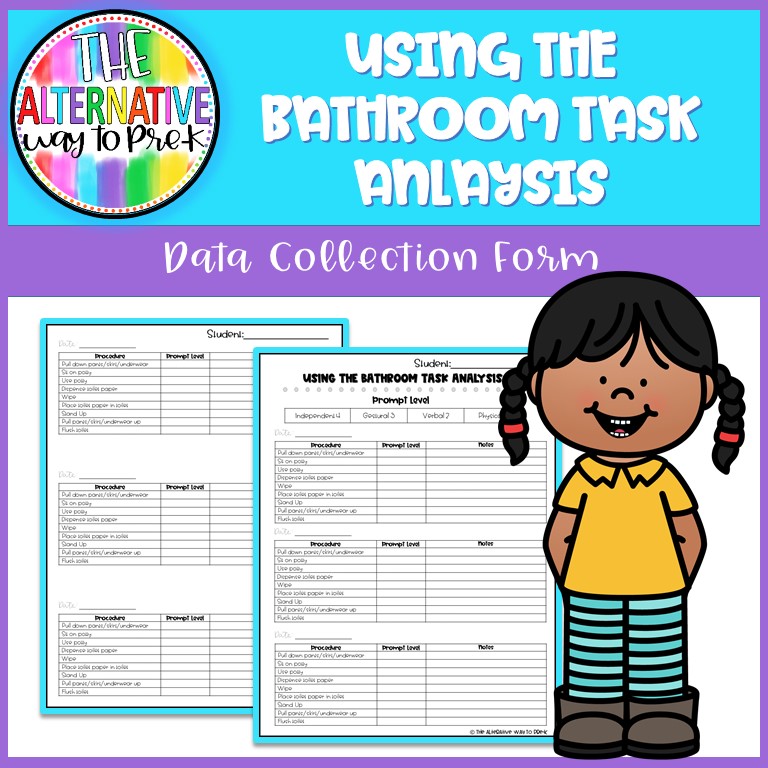Data drives everything. Instruction, interventions, behavior management, and classroom procedures are all based on data. Data provides a base and allows one to develop appropriate goals.
There are many different forms and tools for data collection. There are standardized, non-standardized, and teacher created it. There are also different types of measurement. Lets take a more in depth look
Measurements
- Frequency Recording: Measures the amount of time a behavior occurs during a specific duration of time. It can be a short as one task or as long as a full school day
- Duration Recording: Measures the lengths of behaviors
- Latency Recording: Is a type of duration recording. It measures how long it takes before the behavior beings
- Interval Recording: Measures weather a behavior occurs or not during a pre-established interval
- Prompt Hierarchy: Measures based on prompts used to complete task. Prompts can include verbal, gestural, and physical.
- Task Analysis: Measures if steps were competed or for a specific task. It breaks a simple task, such as hand washing, into a series of smaller actions (i.e. turn on water, dispense soap, rub hands together). This is an annotated text and is non biased. The recorder/observer is simply documenting what is occurring for later analysis. Check out the TPT store for a peek.
- ABC: ABC is a method used to look it behaviors. It stands for Antecedent Behavior, and Consequence. This is an annotated text and is non biased. The recorder/observer is simply documenting what is occurring for later analysis.
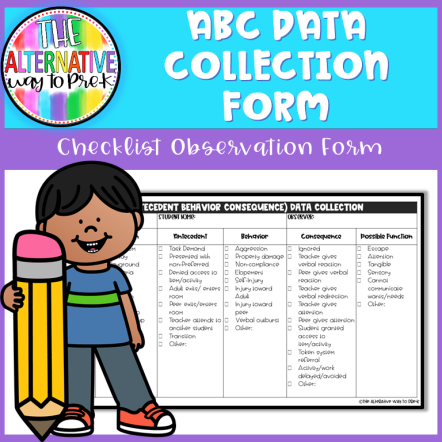
Assessment
- Standardized: Standardized Assessments are criterion referenced assessments that generally follow a bell curve. They compare students performance to a norm-referenced rubric.
- My IGDIS (Individual Growth and Development Indicators): Is a State Standardized Assessment administered to 4 and 5 year old students.It is an early childhood and and school readiness screening tool used to measure students skills in the are of phonics, numeracy, literacy, social, and emotional
- AEPS ( Assessment, Evaluation, and Programming System for Infants and Children): AEPS is a curriculum based assessment that meets all NAEYC guidelines. AEPS measures social, adaptive, fine motor, gross motor, cognitive, and social-communication skills.
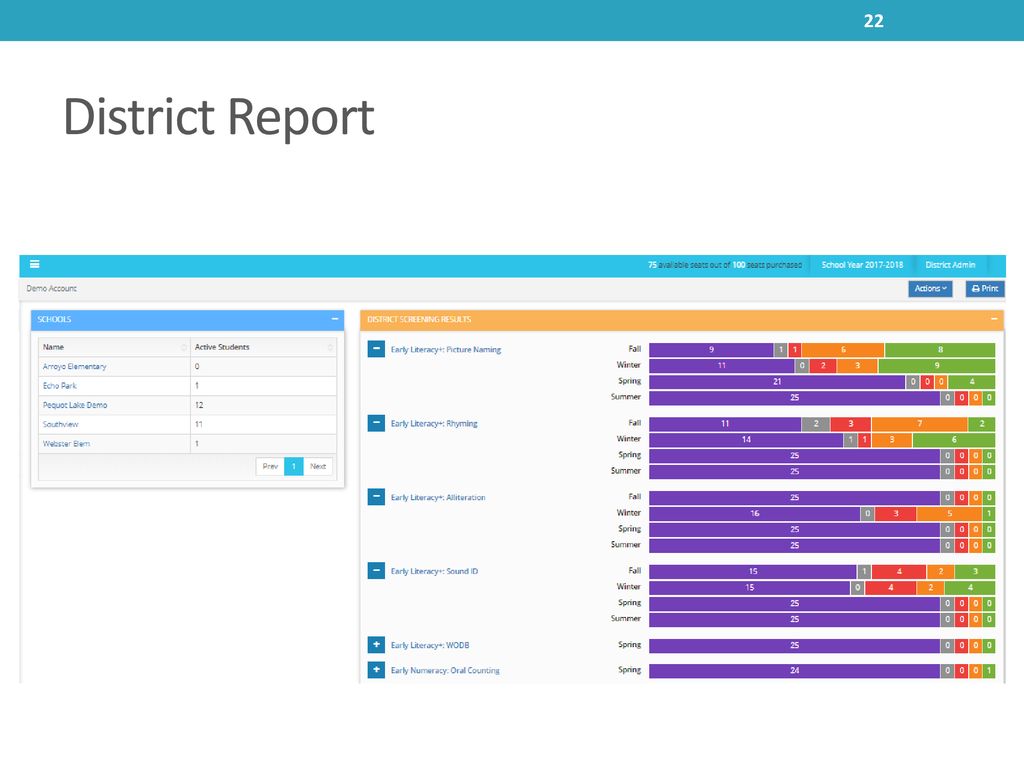
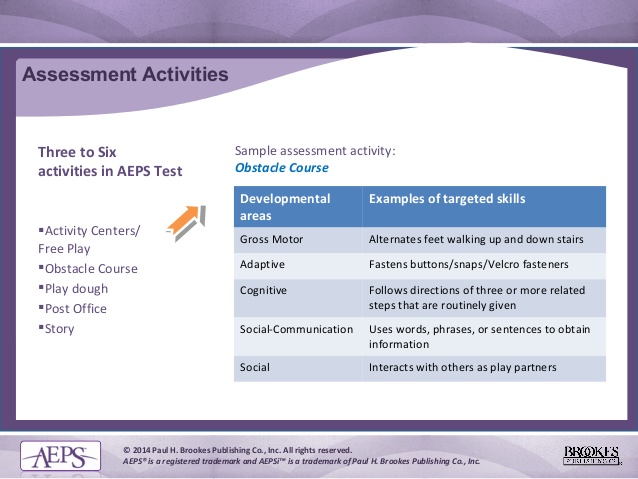
- Teacher Developed: Many of the standardized and curriculum are geared towards typically developing skills. My students tend to score very low on these assessments. In turn, I have created my own assessment tool that better captures student’s strengths and weakness. To purchase my Pre-K Special Education Assessment and tools click here.
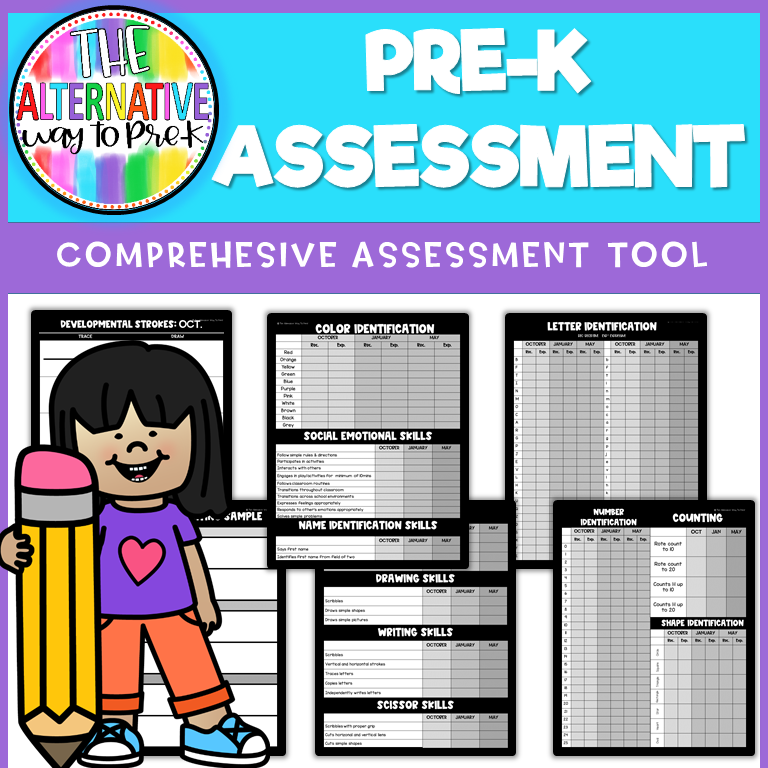
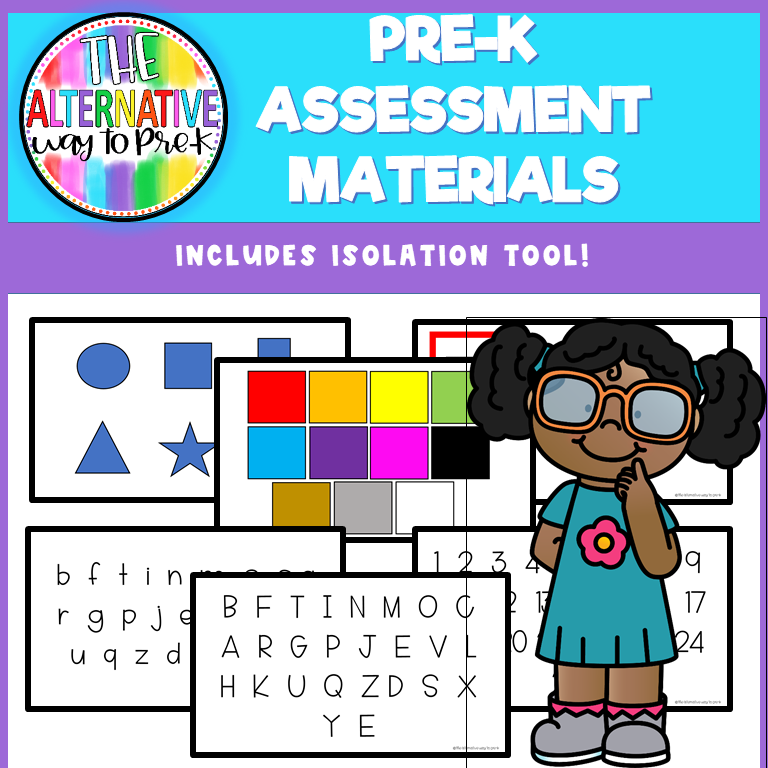
Data Driven Practices
After data is collected it is than analyzed. Data is used to develop IEP goals, appropriate accommodations/modifications, interventions, and track progress. Each tool has its individualized tracking period.However, data is collected on a daily basis in our classroom.

